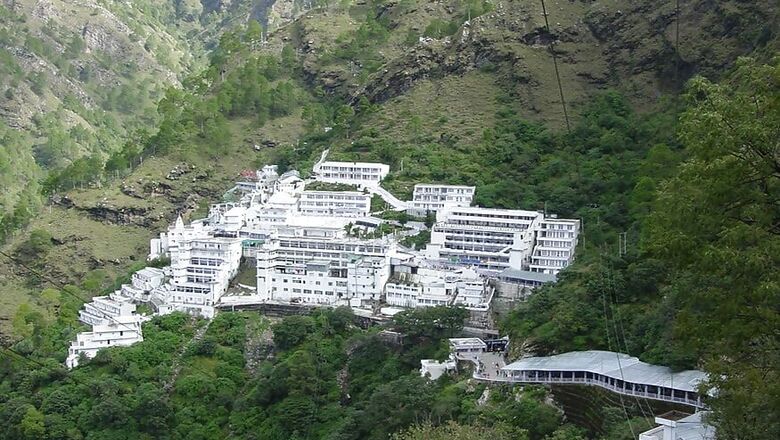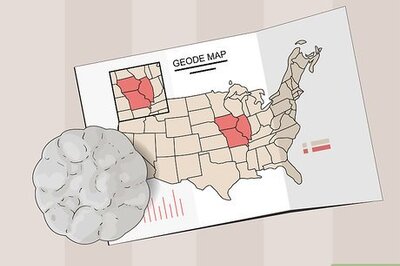
views
New Delhi: The National Green Tribunal on Monday capped the number of devotees that will be allowed to visit Vaishno Devi shrine in Jammu and Kashmir at 50,000 a day.
A bench headed by Justice Swatanter Kumar said that once the limit for the day is reached, any additional visitors proceeding towards the shrine will be stopped at either Ardhkuwari or Katra.
The court said that the cap was being implemented as the structure cannot accommodate more than 50,000 people and there was a risk of damage. It also halted all new constructions taking place inside the shrine complex.
A new path to Vaishno Devi exclusively for pedestrians and battery-operated cars will be opened from November 24, the court said. The NGT also directed that no horses or mules shall be allowed on the new route to the shrine and these animals shall be removed slowly from the old path as well.
It also directed the authorities to impose a fine (environment compensation) of Rs 2,000 on anyone found littering the roads as well as the bus stop at the nearby Katra town.
The directions came during the hearing of a plea filed by an activist seeking directions to stop the use of horses and ponies in Vaishno Devi shrine premises in Jammu, prompting the green panel to seek response from the government on the issue.
The NGT has been taking a close look at the impact of religious tourism on areas close to the shrine. Last year, it had directed the CEO of shrine board to furnish a report giving details of the municipal solid waste (MSW) and sewage treatment plants (STPs) installed there.
The cave shrine, one of the most popular in the country, attracts millions of pilgrims every year but the number has dipped in the past few years. The number, however, rebounded a little in 2017, with a footfall of 69,34,377 till October 21, up 2.70 lakh from the same time last year.
Minister of State for Finance Ajay Nanda said terror strikes and natural disasters have made a dent in the number of pilgrims visiting the holy shrine. “There is a decline of 15 to 20 per cent in the numbers over the past couple of years. Frequent terror strikes and 2014 disaster (floods) are among the many factors,” he said.



















Comments
0 comment